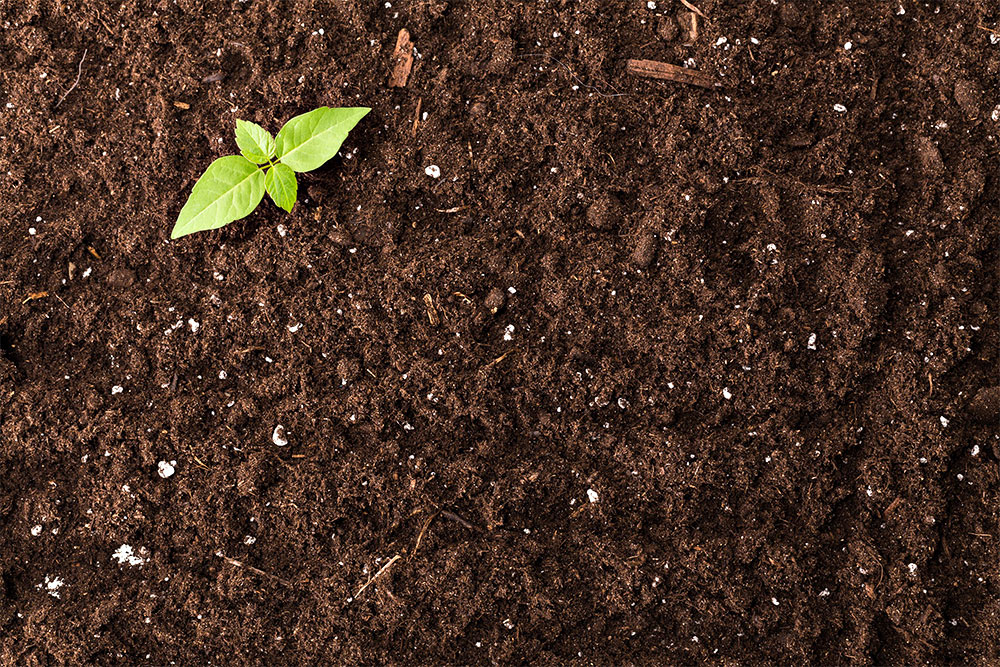
Project
Use of co-products
Valorization of co-products
In the sunliquid® process which converts agricultural residues such as straw into cellulosic ethanol, two other co-products are derived: a solid one, lignin, and a liquid one, vinasse. Lignin can be used as a combustible material in a combined heat and power (CHP) plant to produce steam and green electricity for the process. Vinasse can be used as a fertilizer on the fields or energetically in a CHP plant. This makes the process highly sustainable and energetically neutral without the need for additional fossil resources.
Thermal usage of lignin
Lignin is a solid co-product of the hydrolysis step and can be used as a source of energy for the process. The LIGNOFLAG Consortium will deliver the lignin to a CHP plant nearby the cellulosic ethanol plant in order to produce the steam and electricity needed for the sunliquid® process. In-depth calculations have shown that this combination enables the sunliquid® plant the highest CO2 reduction of up to 95 % while making it energy self-sufficient.
The LIGNOFLAG Consortium is developing the infrastructure and processes needed to efficiently use lignin as a raw material for thermal production in a CHP plant. This includes:
- Establishment of the most practical transportation channel for the lignin from the cellulosic ethanol plant to the CHP plant
- Evaluation and definition of the detailed design of required equipment (e.g. pipes, conveyor belts) as well as planning and engineering activities
Vinasse as a fertilizer

- Analysing current practices and needs of local farmers’ for fertilization
- Analysing various options to transport the vinasse from the plant to the farmers and how it can be stored
- Analysing of the composition of vinasse and the evaluating of how additives or blends with other substances and materials can increase the value of vinasse as a fertilizer
- Conducting field tests, in which vinasse is applied to a test field that grows a variety of plants
- Identify and completing the needed documents to certify vinasse as a fertilizer so it can be applied to agricultural land
- Defining the specifications for vinasse and requirements for the equipment and machines for the most suitable and efficient application on the field.
